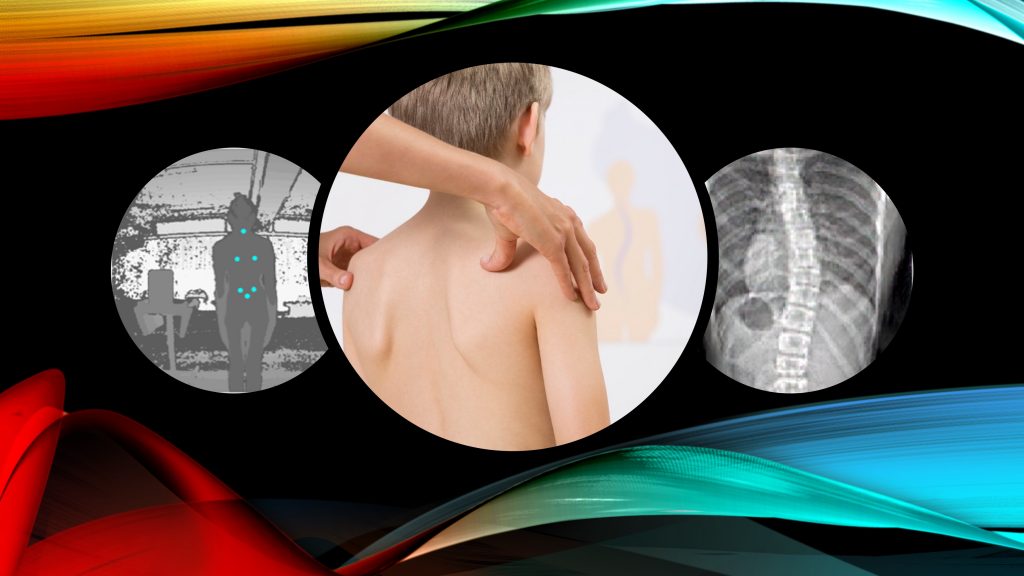New Geo-material for Reclamation: Coal Ash-hardened Marine Soil
Extensive reclamations such as the Airport 3rd Runway System, Tung Chung New Town Extension and the Lantau Tomorrow Vision are proposed and these megaprojects require over 500 million tonnes of backfilling material. However, local fill banks only provide less than 10 million tonnes yearly. In order to alleviate the shortage, this study aims at producing a new geo-material by hardening soft marine soil primarily with coal ash generated from power plants.
Unconfined compression tests were carried out on hardened soil specimens. A set of variables were tested to examine the optimum mix design. About half of the specimens achieved an unconfined compressive strength of over 1 MPa.
The result shows that water to stabiliser ratio and the curing duration are the key strength-contributing factors. It was also found that the unconfined compressive strength of hardened soil is nearly proportional to its deformation moduli. These showed that coal ash is effective yet economic for hardening marine soil.










